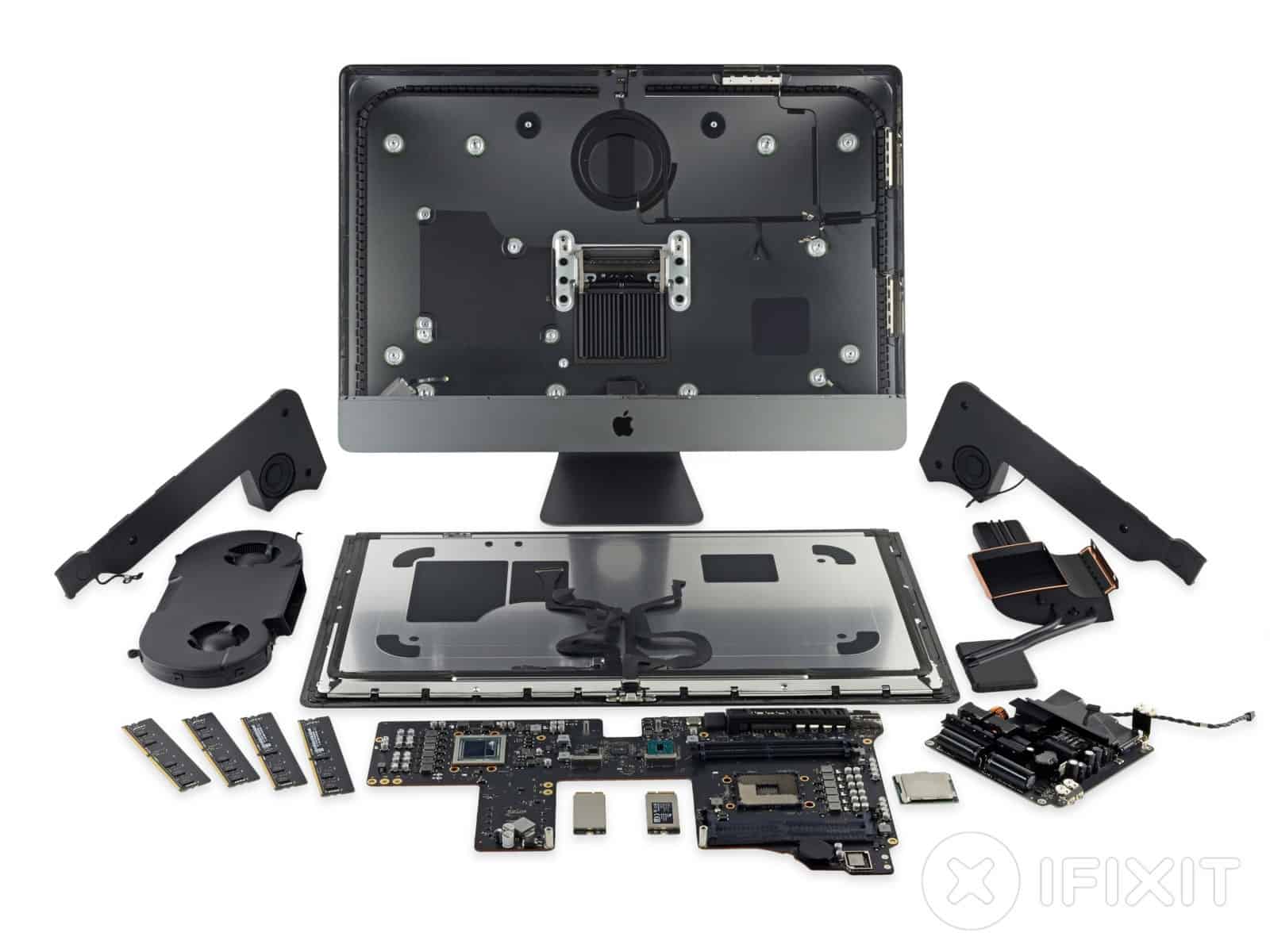
There’s a help command that will output the documentation to the command line, and also if you get into the habit of regularly running command line checks, don’t forget to launch the app from time to time in the Finder. Here’s an example of what the formatted JSON file looks like: Sudo detectx search -aj ~/Desktop/searchtest.json Or, by passing the extra -j option, in JSON format: Sudo detectx vvvv -a ~/Desktop/searchtest.txt You can specify a path to output the results, either in regular text: If you’d like more verbose output, including how long the search took, try either the vsearch or vvvv commands: If you want to restrict the search to one or more users, the -u option allows you to specify a list of shortuser names (comma-delimited): You can search all users by using sudo and the -a option: Probably the most important benefit you gain with scanning on the command line rather than from the app’s interface is the ability to scan all, or selected, other users. We’re going to need that so that we can pass the alias to sudo when we want to pass certain options to the search. Note the sudo line (and note the extra space in the value). Here’s mine:Īlias detectx='/Applications/DetectX\ Swift.app/Contents/MacOS/DetectX\ Swift' bash_profile to include a shortcut alias. Since that’s a bit of a handful, even using tab completion, you might want to edit your. Applications/DetectX\ Swift.app/Contents/MacOS/DetectX\ Swift search In that case, you’d need to execute this on the command line: In this example, let’s suppose that the app is in /Applications folder.
#Detectx pro full
To use the CLI search, you need to specify the full path to the app executable.
#Detectx pro how to
More info on how to enable Full Disk Access can be found here. This is required so that DetectX can search various folders within your User Library for suspicious or malicious files.
#Detectx pro free
In this post, I’m going to give you a quick tour of the CLI (Command Line Interface) tool with some examples of how to use it (if you haven’t yet grabbed a free copy of DetectX Swift you might want to do that first to play along).Įnsure that DetectX Swift and the Terminal have Full Disk Access if you’re using macOS 10.14 Mojave or higher.
#Detectx pro mac
In addition to stress levels, Corticosterone plays a decisive role in sleep-wake patterns.DetectX Swift has the ability to do command line searches for issues on your Mac like malware, keyloggers, browser hijacks and potentially dangerous software, and there’s a number of extra options that are not available when using the user interface. Studies involving corticosterone and stress levels have found evidence of impairment of long-term memory retrieval, chronic corticosterone elevation due to dietary restrictions, and corticosterone elevation in response to burn injuries. Corticosterone is a significant indicator of stress and is the prominent stress steroid produced in non-human mammals.

It is produced in the adrenal cortex upon ACTH stimulation and is the aldosterone precursor. Background:Ĭorticosterone (Kendall’s Compound ‘B’) is a glucocorticoid secreted by the cortex of the adrenal gland. Use the intensity and the standard curve to calculate the corticosterone concentration in the samples. The TMB substrate reacts with the bound corticosterone-peroxidase conjugate generating a signal detected by a plate reader at 450nm. As the corticosterone concentration in the sample increases, the bound corticosterone-peroxidase conjugate decreases, causing a decrease in signal and vice versa.Īfter the 1-hour incubation, wash away the excess corticosterone-peroxidase conjugate and add the TMB substrate. The immunological reaction occurs between the anti-corticosterone polyclonal antibody, the corticosterone antigen in the sample or standard, and the corticosterone-peroxidase conjugate. Then incubate the mixture for 1 hour, shaking at room temperature. Add the corticosterone peroxidase conjugate and the corticosterone polyclonal sheep antibody.

Pipette the standards or diluted samples into a transparent microtiter plate coated with our donkey anti-sheep IgG antibody. Use our provided corticosterone standard to generate a standard curve for the assay. Please read the complete kit insert for more information before performing this assay. The Corticosterone Multi-Format ELISA Kit is a competitive ELISA with a run time of 1.5 hours. The Corticosterone Multi-Format ELISA Kit quantitatively measures Corticosterone in serum, plasma, urine, respiratory vapor, tissue culture media, feather, hair, and fecal extracts. Species Corticosterone is identical across species.Sensitivity 20.9 pg/mL in 50 µL format, 14.4 pg/mL in 100µL format.Sample Types Serum, Plasma, Urine, Respiratory Vapor, Tissue Culture Media, Feather, Hair, Fecal Extracts.


 0 kommentar(er)
0 kommentar(er)
